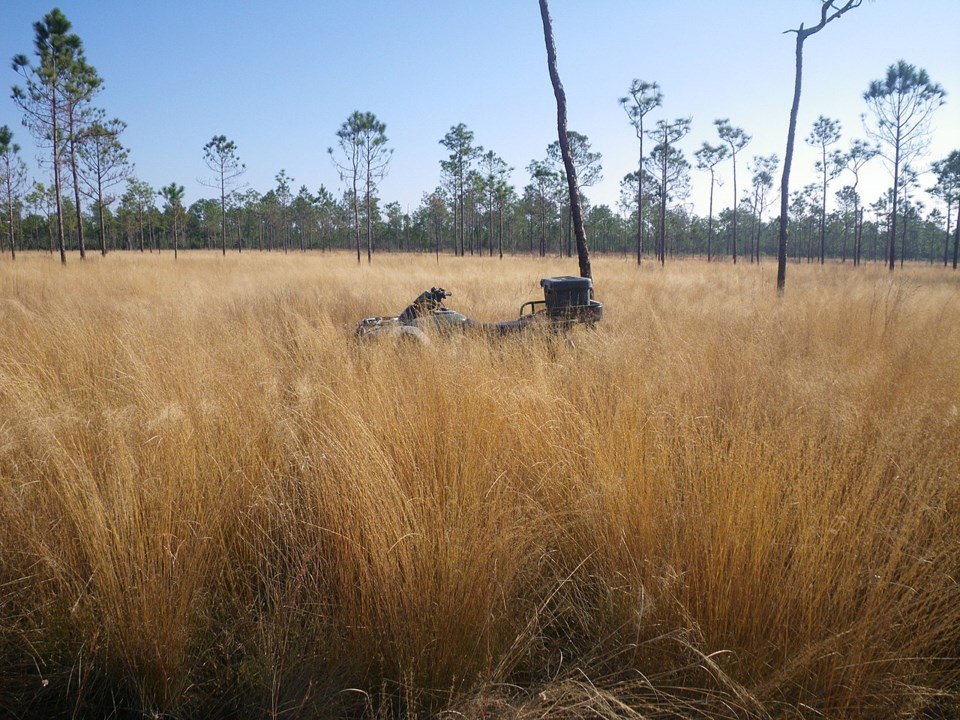The Swainsboro Campus of East Georgia State College (EGSC) has been a refuge for many endangered plants and animals of the so-called “Wiregrass Region” for decades. Species such as the gopher tortoise, indigo snake, innumerable insects, pollinators, as well as a multitude of plants are at home and protected by EGSC.
This is of vital importance as the ‘Wiregrass’ or the longleaf pine and grassland forest (as it is sometimes called) is one of the most endangered ecosystems in the United States.

“As a rural sociologist the chief aim of my research was to examine culture and population of the people and communities of the Wiregrass Region both ethnographically and demographically,” said Dr. Harry Vogel, Associate Professor of Sociology at EGSC. “My paper entitled The Way of Life and Demographics of the Wiregrass Region in Georgia, Alabama, and Florida explored the demographic make-up of this region (relying primarily on census data from 2020) as well as the natural and social-historical environment of the people living in the region. The overarching aim of my research was to explore the uniqueness of the people and landscape of the Wiregrass region to promote an awareness of its place in the rural environment of the American South.”
The Rural Sociological Society (RSS) was officially established December 29, 1937. It is one of the largest national sociological associations in the United States. This year’s meeting was from August 2 to August 6 at the University of Vermont.
Dr. Vogel teaches Introductory Sociology, Social Problems, and Sociology of Marriage and the Family at EGSC’s Swainsboro Campus.




